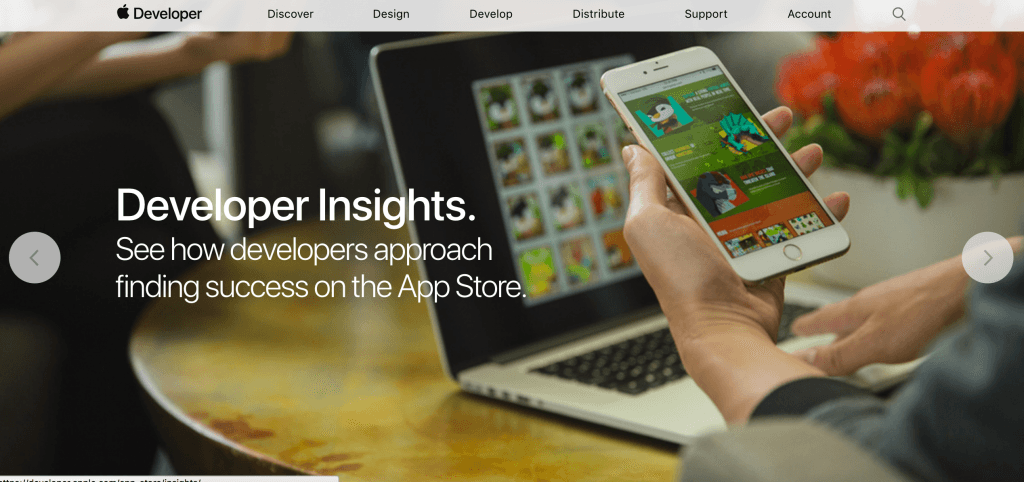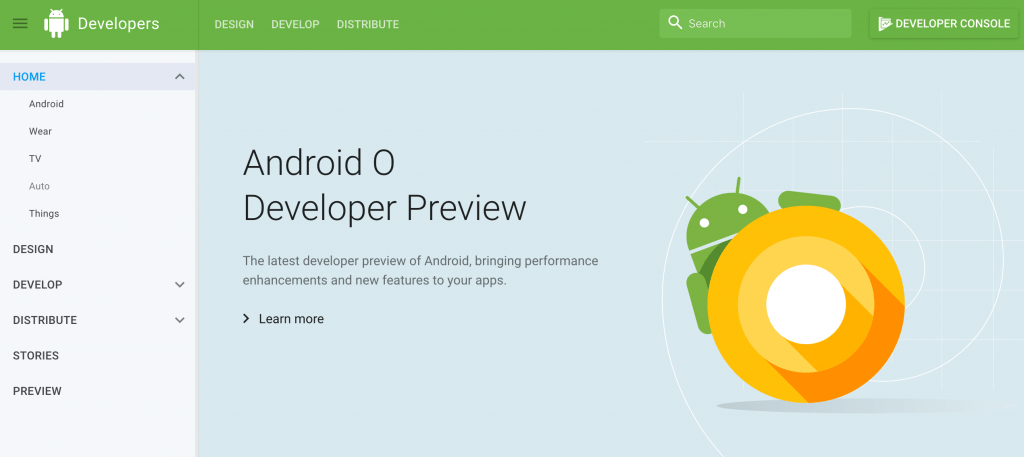In terms of budget, I would like to look initially at the cost of developing the app itself. I aim to keep the service solely available as an application at first, with the potential to expand online if there is a demand to do so. This should keep costs down as the price to host a website can become costly. In the future development of the concept I would like to see a sister app being developed that could be connected to individual accounts. This would allow parents / guardians / carers to be an admin, enabling them to set and monitor various tasks from a completely different device.
How much will it cost?
When searching on the web to find information about the rough cost to develop an app I came across a website that claimed to give me an estimation. The final figure it came up with was rather large and more substantial than I first expected so I decided to look into this further.
View Breakdown:
www.otreva.com/calculator/?saveId=AXJ9qcgjBedASuL3xcSmB7iDLR0fX_7jCW7Z5eedx1
In order to become a member of the Apple Developer Program you have to pay $99 per membership year.
https://developer.apple.com/support/compare-memberships/
Google Play
To become a member of the Google Play publisher programme you have to become and member and pay a $25 registration fee.
https://developer.android.com/design/index.html
HOW IS A MOBILE APP DEVELOPMENT TEAM SET UP?
A successful team should include:
- A designer who creates all the visual content that will be coded into the project
- An account manager who acts like a liaison for clients and works with product managers and producers to coordinate the completion of different tasks
- A product manager who executes the functions of a director by overseeing the app
https://fueled.com/blog/how-much-does-it-cost-to-develop-an-app/



